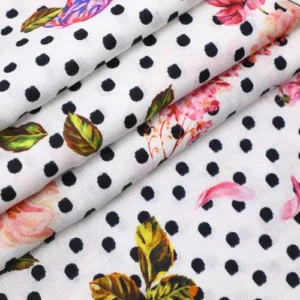In the vast and intricate world of textiles, one fabric stands out for its versatility, durability, and distinctive charm – Linen. Originating from the flax plant, linen fabric has been woven into the tapestry of human history for thousands of years, serving as a testament to human ingenuity and the enduring beauty of natural materials.
This comprehensive guide delves into the essence of linen fabric, exploring its unique qualities, production process, and applications, while highlighting its enduring allure in contemporary fashion and design.
What is Linen Fabric?
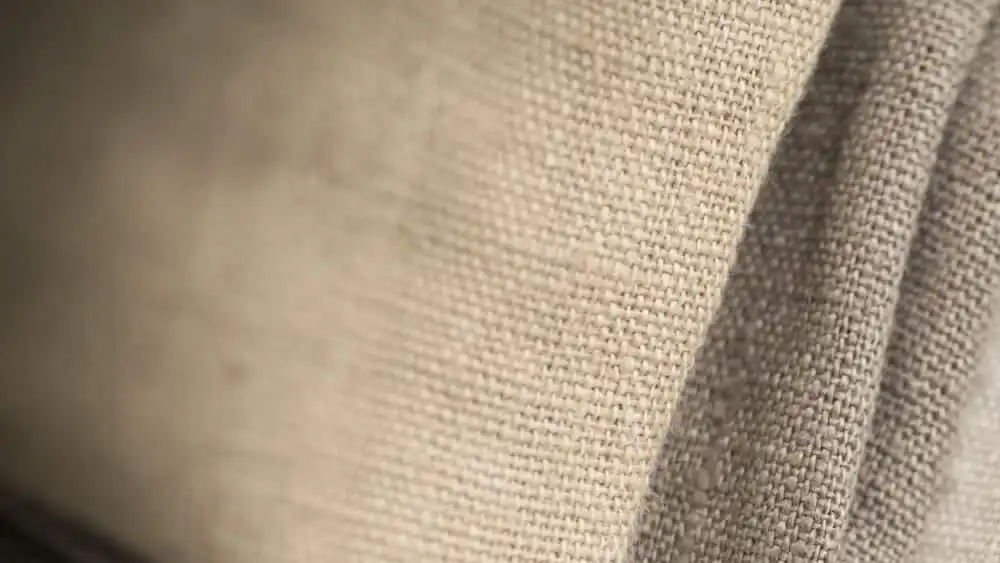
What is Linen Fabric?Linen fabric is a versatile and durable textile produced from the fibers of the flax plant (Linum usitatissimum). With a long and rich history dating back to ancient civilizations, linen has been woven into the tapestry of human history as a symbol of luxury, purity, and spirituality.
Known for its distinctive texture, linen is valued for its breathability, absorbency, and ability to become stronger and softer with each wash. It is also praised for its eco-friendliness, as flax plants require minimal water and no pesticides, making linen production a sustainable choice.
Origins and History
Linen’s history can be traced back to ancient civilizations, with evidence suggesting that it was woven as early as 8000 BC in present-day modern-day Georgia and Armenia. The plant from which linen is derived, the flax plant (Linum usitatissimum), is native to the region surrounding the Mediterranean and the Middle East. The cultivation and production of linen subsequently spread to Egypt, Greece, and Rome, where it became an essential part of everyday life.
In ancient Egypt, linen was not only used as a textile but also held great symbolic value. High-ranking Egyptians wore linen garments to signify their status, while linen was also used for mummification due to its absorbent properties and ability to resist decomposition. The famous Egyptian pharaohs Tutankhamun and Cleopatra were both adorned in linen garments as a symbol of their power and wealth.
During the Middle Ages, the demand for linen increased as Christianity spread across Europe. Linen fabric was used to create liturgical garments, such as altar cloths and vestments, due to its lustrous appearance and association with purity and spirituality. The popularity of linen continued to grow during the Renaissance, with artists like Leonardo da Vinci and Michelangelo painting detailed depictions of linen clothing in their masterpieces.
What is Linen Fabric Made Of
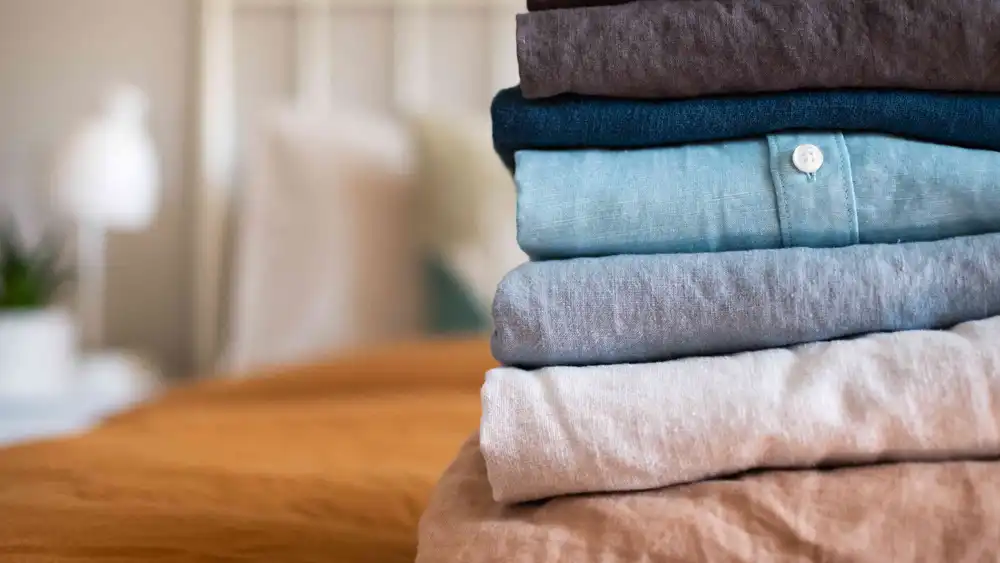
Linen fabric is made from the fibers of the flax plant (Linum usitatissimum). Flax plants are native to the regions surrounding the Mediterranean and the Middle East, and the cultivation and production of flax subsequently spread to other parts of the world, including Egypt, Greece, and Rome. Flax fibers are obtained from the stalks of the flax plant, which are first soaked in water and then boiled or steamed to soften them. Once softened, the fibers are separated from the stalk using a heckle or flax break.
The fibers are then spun into linen yarn using traditional or modern looms, creating a strong and durable textile that is known for its unique texture and natural charm. When compared to other fibers, such as cotton and silk, linen fibers are relatively thick and have a higher tensile strength. However, they are also highly absorbent, allowing moisture to pass through them easily, making linen ideal for hot weather garments and bedding.
Linen Fabric Production Process
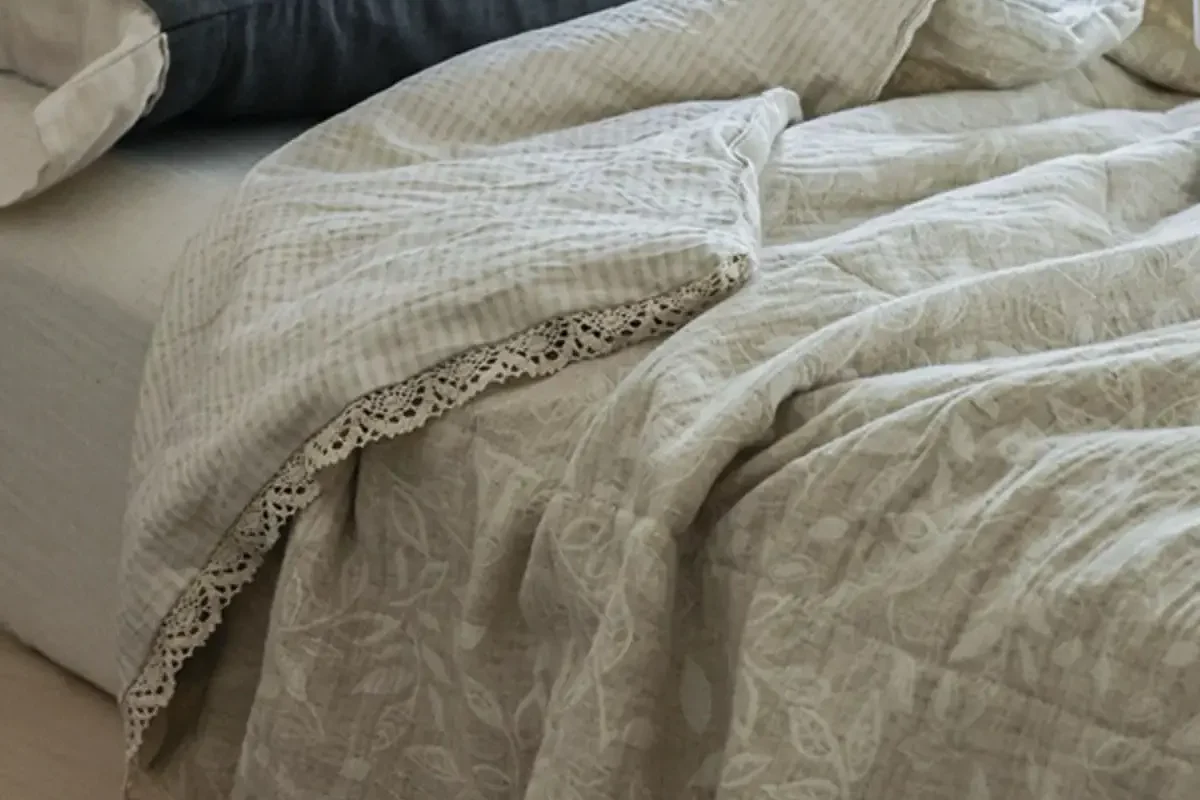
The production of linen involves several stages, each meticulously executed to ensure the highest quality of fabric. The process begins with the cultivation of flax plants, which take between 100 to 120 days to mature. After the plants have reached maturity, they are harvested, and the stalks are subsequently retted – a process that involves soaking the stalks in water to decompose the pectin, making it easier to separate the fibers.
Once the stalks have been retted, they undergo a process called scutching, where the outer bark of the stalk is removed using a heckle or flax break. The fibers are then retted again, and the fibers are combed to further separate them. The combed fibers are then spun into yarn, which is woven into linen fabric using traditional or modern looms.
One of the unique characteristics of linen fabric is its ability to become stronger and softer with each wash. This is due to the structure of the linen fibers, which are made up of cellulose and have a natural affinity for water. As linen is washed, the fibers swell and realign, resulting in a softer, more supple fabric that becomes more breathable and durable.
Qualities and Benefits of Linen Fabric
Linen fabric is renowned for its exceptional qualities that make it an ideal choice for a wide range of applications. Some of the key attributes of linen include:
Breathability: Linen is highly absorbent and allows moisture to pass through it easily, making it an excellent choice for hot weather clothing and bedding.
Durability: Linen is one of the strongest natural fibers, with a high tensile strength that makes it resistant to tears and abrasions. This means that linen fabric can withstand regular wear and tear, making it a long-lasting choice for clothing and household items.
UV Protection: Linen has a natural SPF rating of between 10 and 15, providing some protection against harmful UV rays.
Moisture Wicking: Linen’s ability to absorb moisture makes it an effective moisture-wicking fabric, drawing sweat away from the body and helping to keep the wearer cool and comfortable.
Eco-Friendly: Linen is a sustainable and eco-friendly choice due to the low environmental impact of its production. Flax plants require little water and no pesticides, and the byproducts of flax production can be used for animal feed, insulation, and biofuel.
What is Cotton Linen Fabric Used For?
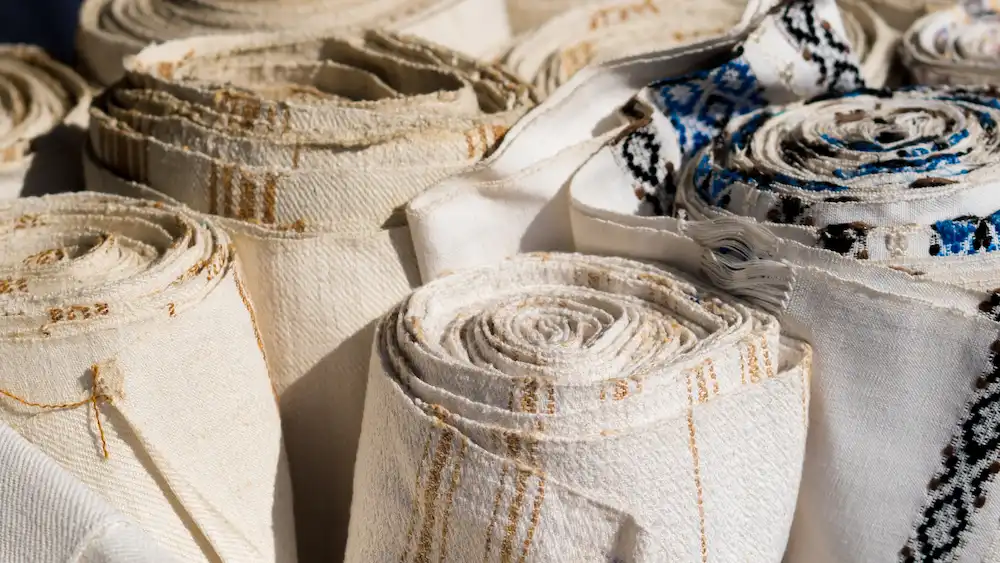
Cotton linen fabric is a versatile textile made by combining the natural fibers of cotton and linen. This type of fabric offers the benefits of both materials, resulting in a comfortable, breathable, and durable material that is ideal for a wide range of applications.
Cotton linen fabric is commonly used in clothing, home decor, and upholstery. In clothing, it is particularly popular in lightweight, comfortable garments, such as summer dresses, as it offers the breathability of cotton and the durability of linen. It is also often used in blouses and shirts due to its ability to withstand frequent washing and maintain its shape.
In home decor, cotton linen fabric is used to make curtains, cushion covers, table runners, and placemats. It is a popular choice for these applications due to its lightweight and absorbent qualities, making it easy to care for and maintain.
In upholstery, cotton linen fabric is used to create comfortable and stylish sofas, chairs, and other furniture. It is appreciated for its breathability, durability, and natural appearance, making it an ideal choice for those looking for a comfortable and aesthetically pleasing upholstery option.
Conclusion
Linen fabric, crafted from the humble flax plant, has captured the hearts and imaginations of people for centuries. With its unique qualities, it continues to be an essential element of human history and culture, while remaining a popular natural fiber in modern fashion and design.
From the austere simplicity of ancient Egyptian pharaohs to the sophisticated elegance of contemporary designers, linen’s timeless beauty and versatility ensure that it will continue to inspire and captivate for generations yet to come.
